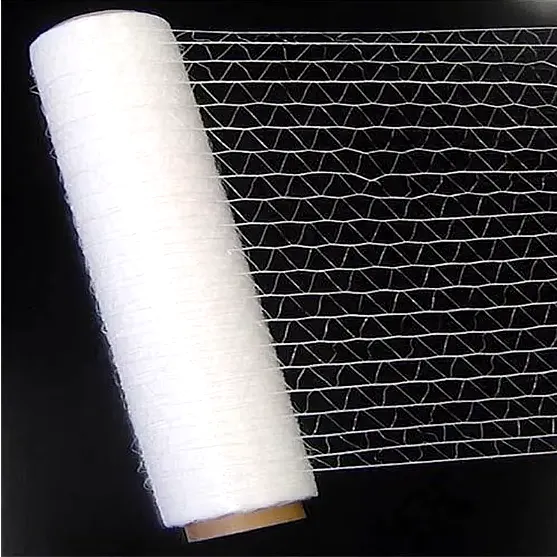-
 Afrikaans
Afrikaans -
 Albanian
Albanian -
 Amharic
Amharic -
 Arabic
Arabic -
 Armenian
Armenian -
 Azerbaijani
Azerbaijani -
 Basque
Basque -
 Belarusian
Belarusian -
 Bengali
Bengali -
 Bosnian
Bosnian -
 Bulgarian
Bulgarian -
 Catalan
Catalan -
 Cebuano
Cebuano -
 China
China -
 Corsican
Corsican -
 Croatian
Croatian -
 Czech
Czech -
 Danish
Danish -
 Dutch
Dutch -
 English
English -
 Esperanto
Esperanto -
 Estonian
Estonian -
 Finnish
Finnish -
 French
French -
 Frisian
Frisian -
 Galician
Galician -
 Georgian
Georgian -
 German
German -
 Greek
Greek -
 Gujarati
Gujarati -
 Haitian Creole
Haitian Creole -
 hausa
hausa -
 hawaiian
hawaiian -
 Hebrew
Hebrew -
 Hindi
Hindi -
 Miao
Miao -
 Hungarian
Hungarian -
 Icelandic
Icelandic -
 igbo
igbo -
 Indonesian
Indonesian -
 irish
irish -
 Italian
Italian -
 Japanese
Japanese -
 Javanese
Javanese -
 Kannada
Kannada -
 kazakh
kazakh -
 Khmer
Khmer -
 Rwandese
Rwandese -
 Korean
Korean -
 Kurdish
Kurdish -
 Kyrgyz
Kyrgyz -
 Lao
Lao -
 Latin
Latin -
 Latvian
Latvian -
 Lithuanian
Lithuanian -
 Luxembourgish
Luxembourgish -
 Macedonian
Macedonian -
 Malgashi
Malgashi -
 Malay
Malay -
 Malayalam
Malayalam -
 Maltese
Maltese -
 Maori
Maori -
 Marathi
Marathi -
 Mongolian
Mongolian -
 Myanmar
Myanmar -
 Nepali
Nepali -
 Norwegian
Norwegian -
 Norwegian
Norwegian -
 Occitan
Occitan -
 Pashto
Pashto -
 Persian
Persian -
 Polish
Polish -
 Portuguese
Portuguese -
 Punjabi
Punjabi -
 Romanian
Romanian -
 Russian
Russian -
 Samoan
Samoan -
 Scottish Gaelic
Scottish Gaelic -
 Serbian
Serbian -
 Sesotho
Sesotho -
 Shona
Shona -
 Sindhi
Sindhi -
 Sinhala
Sinhala -
 Slovak
Slovak -
 Slovenian
Slovenian -
 Somali
Somali -
 Spanish
Spanish -
 Sundanese
Sundanese -
 Swahili
Swahili -
 Swedish
Swedish -
 Tagalog
Tagalog -
 Tajik
Tajik -
 Tamil
Tamil -
 Tatar
Tatar -
 Telugu
Telugu -
 Thai
Thai -
 Turkish
Turkish -
 Turkmen
Turkmen -
 Ukrainian
Ukrainian -
 Urdu
Urdu -
 Uighur
Uighur -
 Uzbek
Uzbek -
 Vietnamese
Vietnamese -
 Welsh
Welsh -
 Bantu
Bantu -
 Yiddish
Yiddish -
 Yoruba
Yoruba -
 Zulu
Zulu
Jan . 14, 2025 09:43
Back to list
hail netting for vineyards
Hail netting for vineyards is the unsung hero in the world of viticulture, offering a robust shield against one of nature's most unpredictable elements—hailstorms. With climate change leading to an increase in severe weather events, vineyard managers are turning toward hail netting as a necessary investment for maintaining grape quality and ensuring yield consistency.
In terms of authoritativeness, the consistent use of hail netting underscores its effectiveness, as evidenced by widespread adoption in major wine-producing regions like Bordeaux and Napa Valley. Studies and field reports consistently highlight a reduction in grape loss by up to 50% in netted versus un-netted vineyards. Additionally, insurance companies frequently offer lower premiums for vineyards with hail protection systems, acknowledging the risk mitigation hail netting provides. Trustworthiness of hail netting is reinforced by continuous improvements in technology and materials. Modern nets are constructed from high-density polyethylene (HDPE), offering UV stability and durability, ensuring long service life even in harsh weather conditions. Innovations such as self-repairing netting and enhanced permeability for air and moisture further extend the usefulness and reliability of these systems. Hail netting for vineyards, therefore, is not just an investment in crop protection; it's a strategic enhancement of vineyard management practices. By securing vines against hail, improving microclimate conditions, and leveraging the latest materials, vineyard owners not only protect their crops but also possibly enhance their wine's character and market value. With climate variability on the rise, hail netting stands as one of the most prudent steps towards sustainable and high-quality viticulture.


In terms of authoritativeness, the consistent use of hail netting underscores its effectiveness, as evidenced by widespread adoption in major wine-producing regions like Bordeaux and Napa Valley. Studies and field reports consistently highlight a reduction in grape loss by up to 50% in netted versus un-netted vineyards. Additionally, insurance companies frequently offer lower premiums for vineyards with hail protection systems, acknowledging the risk mitigation hail netting provides. Trustworthiness of hail netting is reinforced by continuous improvements in technology and materials. Modern nets are constructed from high-density polyethylene (HDPE), offering UV stability and durability, ensuring long service life even in harsh weather conditions. Innovations such as self-repairing netting and enhanced permeability for air and moisture further extend the usefulness and reliability of these systems. Hail netting for vineyards, therefore, is not just an investment in crop protection; it's a strategic enhancement of vineyard management practices. By securing vines against hail, improving microclimate conditions, and leveraging the latest materials, vineyard owners not only protect their crops but also possibly enhance their wine's character and market value. With climate variability on the rise, hail netting stands as one of the most prudent steps towards sustainable and high-quality viticulture.
Next:
Latest news
-
Shipping Plastic Bags for Every NeedNewsJul.24,2025
-
Safety Netting: Your Shield in ConstructionNewsJul.24,2025
-
Plastic Mesh Netting for Everyday UseNewsJul.24,2025
-
Nylon Netting for Every UseNewsJul.24,2025
-
Mesh Breeder Box for Fish TanksNewsJul.24,2025
-
Expanded Steel Mesh Offers Durable VersatilityNewsJul.24,2025











